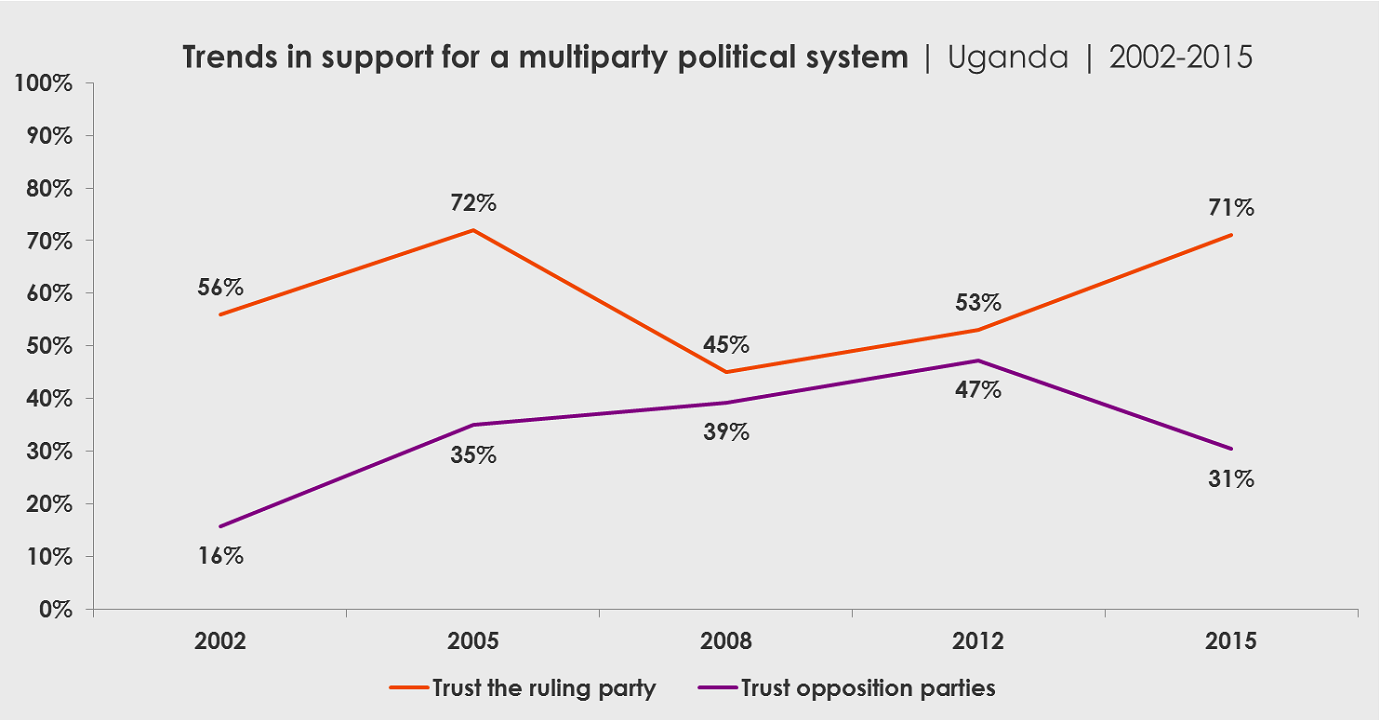On 29 June 2000, Ugandans faced an historic choice. They went to the polls to select a form of government for their country. The referendum question asked citizens to choose between an existing movement system and a multiparty system. At stake in the vote was the popularity of the no-party political arrangements that have evolved in Uganda over the last fifteen years, bringing to the country a measure of stability and growth. More broadly, the referendum was a test of the legitimacy of a political regime designed by one of Africa’s so-called new breed of leaders, who, with tacit support from Western donors, have developed alternatives to full blown multiparty democracy.
Language
Keywords
Countries
Regions

